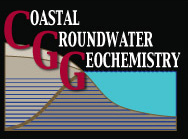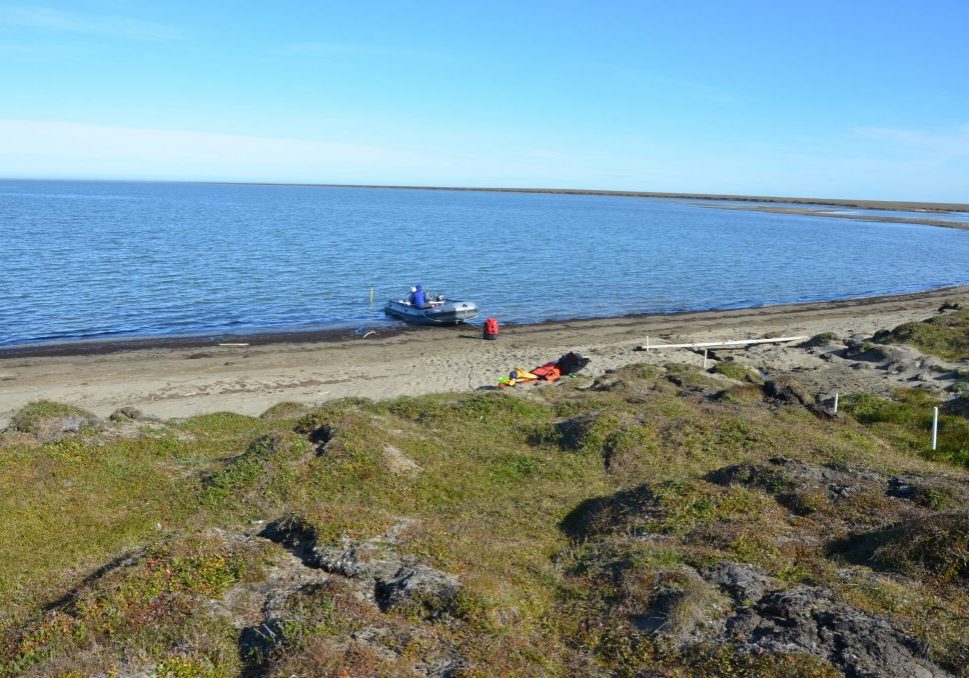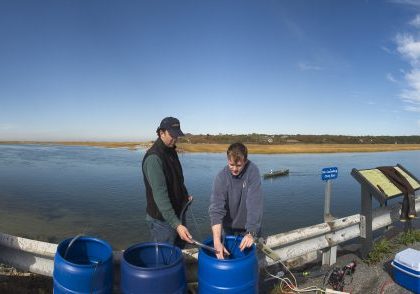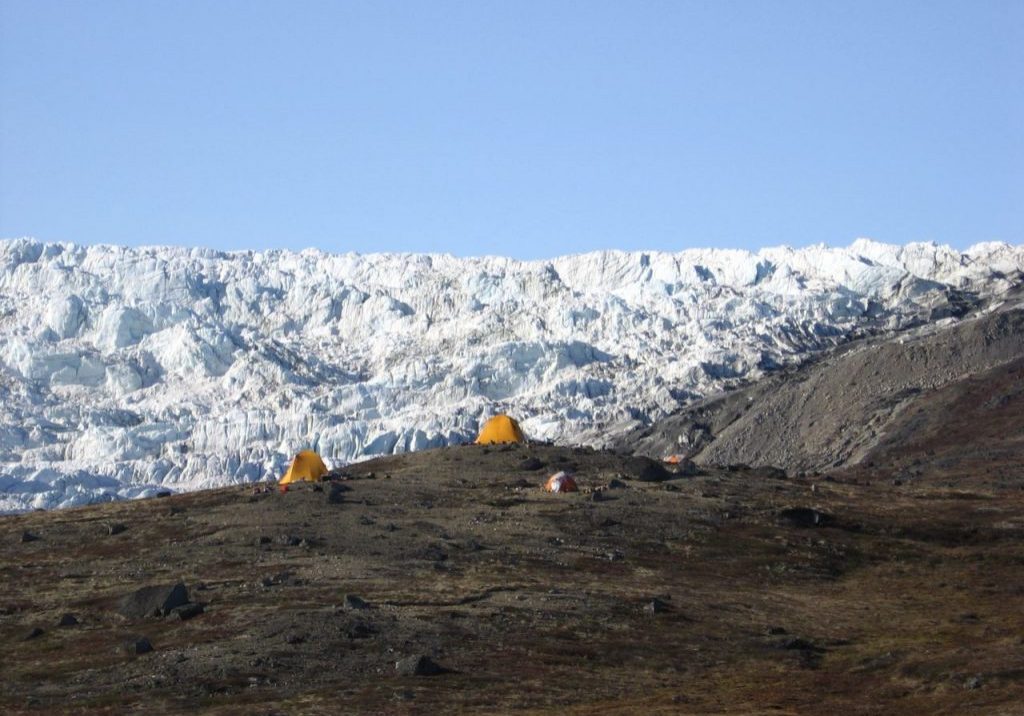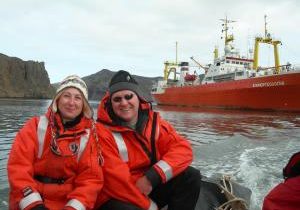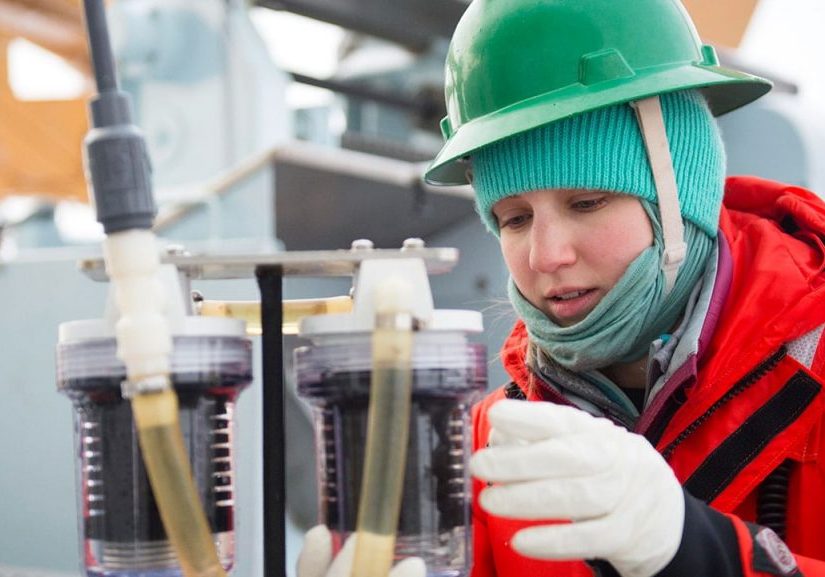Overarching Research Focus
Research in the Charette lab centers on the transport of materials from the land to the ocean and their impact on ocean biogeochemical cycles. More specifically, we seek a better understanding of the role that submarine groundwater discharge (SGD) plays in local, regional, and global budgets for trace metals and nutrients. We use radium isotopes in the study of shelf-slope trace element exchange processes and as isotopic tracers of glacier hydrology. Our most recent projects have been focused on these processes in the Arctic Ocean due to the fact that this region is experiencing unprecedented warming, and the expected increase in material fluxes from groundwater, rivers, and continental shelf sediments.
Current Projects
ARION – The Arctic Radium Isotope Observing Network
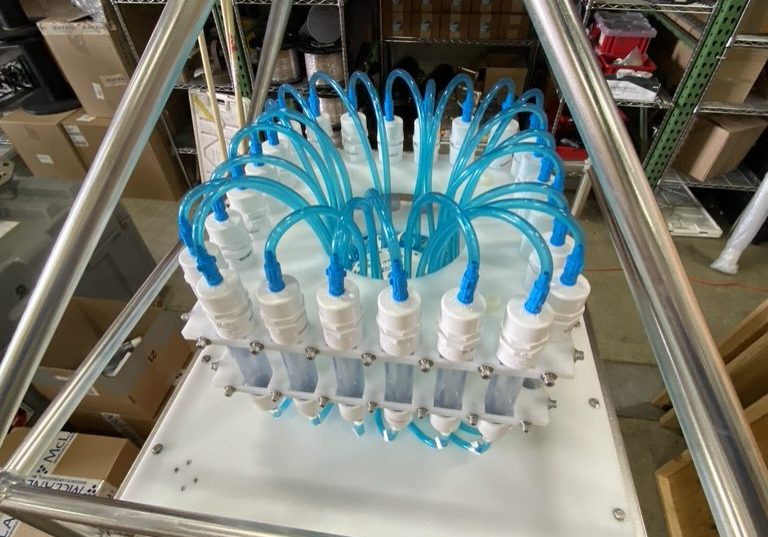
ARION - The Arctic Radium Isotope Observing Network Quantifying Seasonal and Interannual Changes in Shelf-Derived Material Inputs to the Arctic Ocean Within the Arctic Circle,...
Permeable Reactive Barriers for Treatment of Groundwater Nitrate Contamination
Permeable Reactive Barriers for Groundwater Remediation Excessive nitrogen loading from septic systems has negatively impacted the water quality and ecology of Southeast New England watersheds....
GEOTRACES: Pacific Meridional Transect
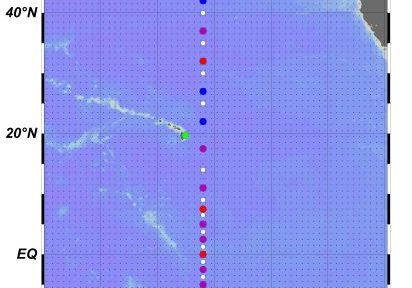
GEOTRACES: Pacific Meridional Transect GEOTRACES is a global effort to understand the world's ocean chemistry. The goal is to figure out the distribution of various...
GEOTRACES: Southern Ocean
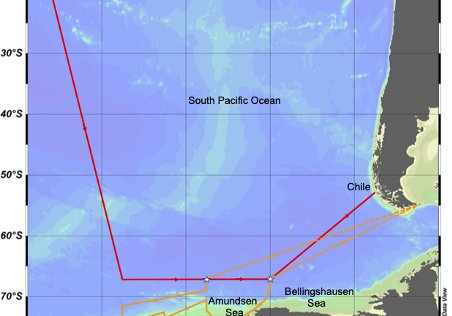
GEOTRACES: South Pacific Ocean GP17 OCE-ANT The goal of the GEOTRACES program is to "identify processes and quantify fluxes that control the distribution of trace...
Low-Temp Hydrothermal Vent Fluxes Traced by Ra Isotopes
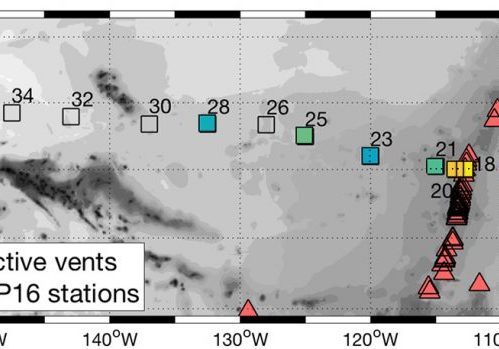
Low Temperature Hydrothermal Vent Fluxes as Traced by Radium Isotopes This project proposes to quantify key rates of iron (Fe) transport above a major ocean...
